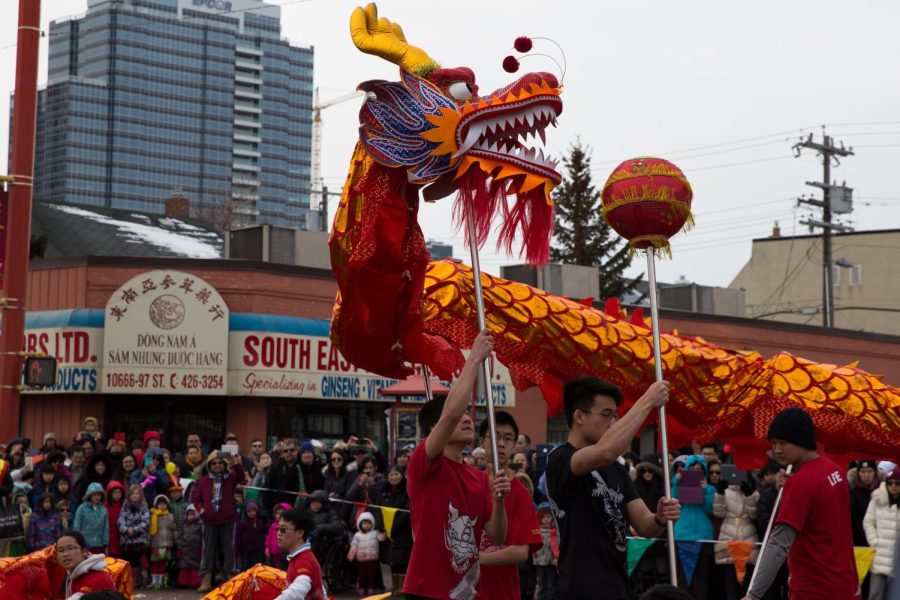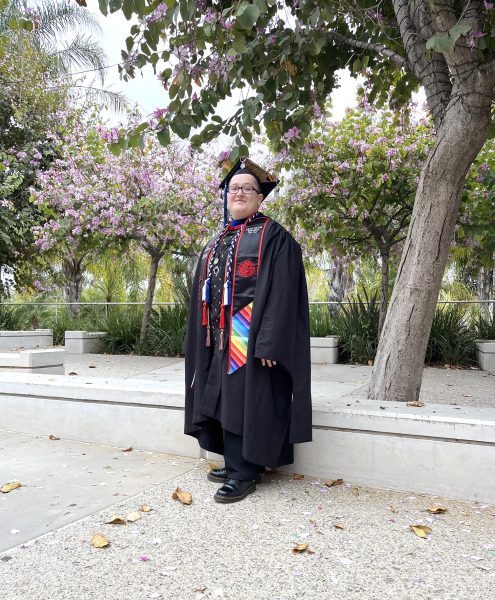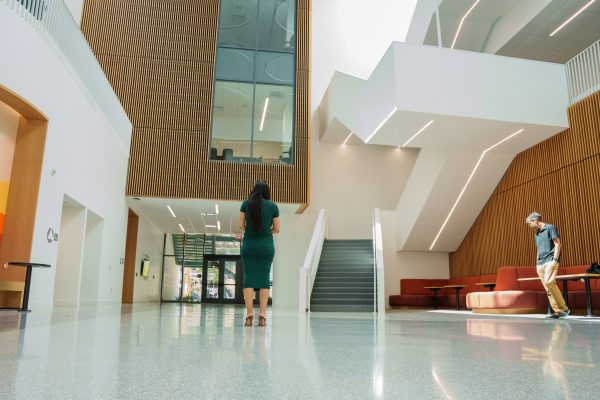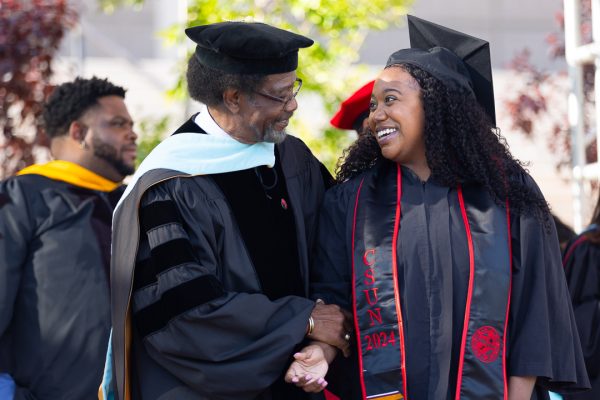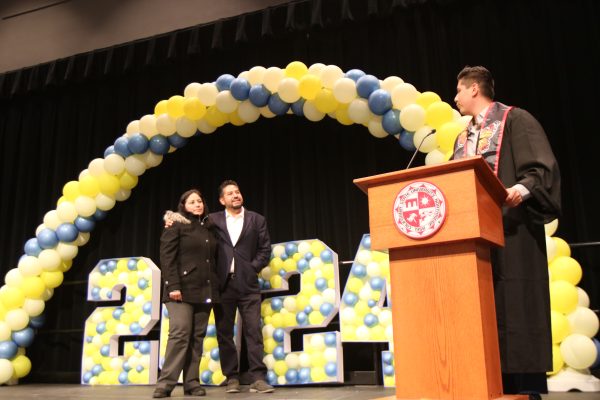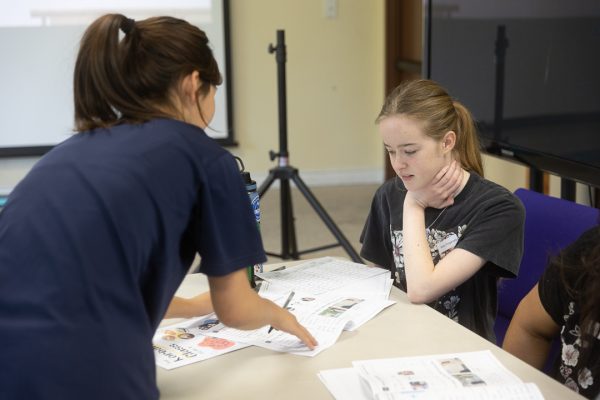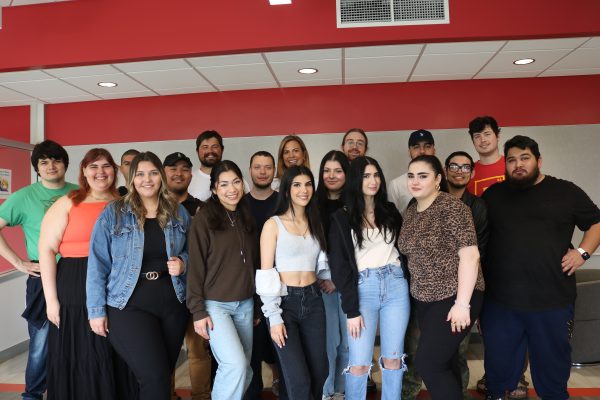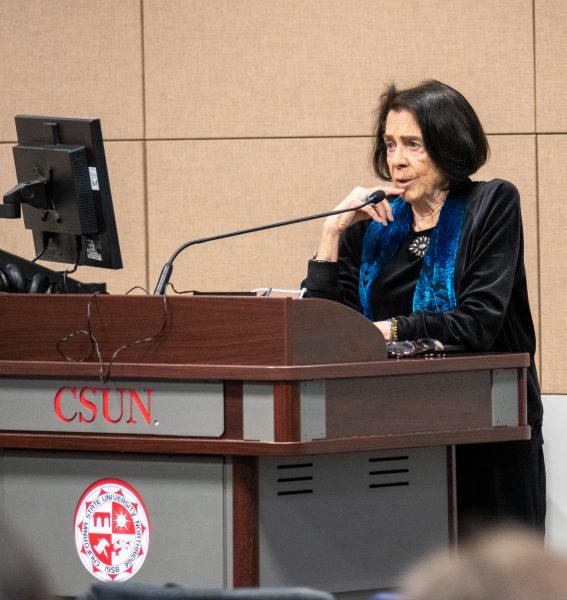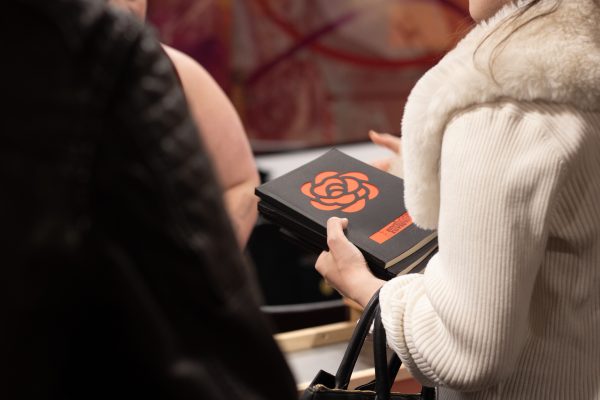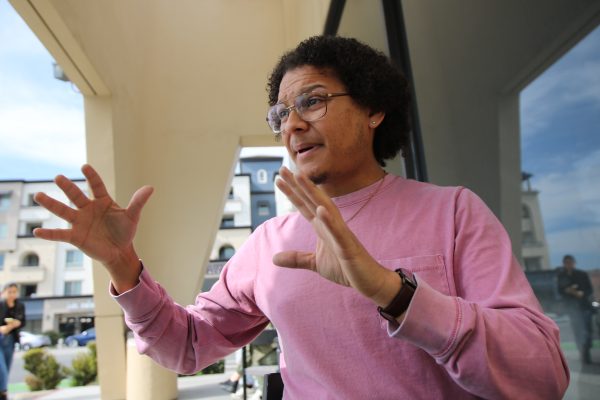The Year of the Tiger roars its arrival: CSUN to offer virtual Chinese New Year Celebrations
Lunar New Year in Chinatown, Flickr Creative Commons Image.
February 9, 2022
CSUN’s 2021 Chinese New Year celebration featured guest speakers across different departments to share how they’ve worked to improve student and faculty knowledge in connection to China’s history and culture.
On Feb. 26, CSUN’s China Institute is inviting everyone to their virtual 2022 Chinese New Year celebration. Similar to last year, participants can expect presentations from CSUN faculty and leaders, as well as activities to celebrate the new year.
“Students can expect to learn a lot about how Chinese New Year is celebrated and about Chinese culture,” said Weimin Sun, the director of the CSUN China Institute.
It’s the Year of the Tiger in the Chinese zodiac, which is said to represent strength, a strong will and bravery. Along with the Chinese zodiac, the 12-year cycle of the five elements of wood, fire, earth, water and metal work together to produce a 60-year cycle that determines the personality traits of those born under a specific year. The last time the Year of the Water Tiger occurred was 60 years ago.
Also known as the Lunar New Year, 2022’s Chinese New Year began on Feb. 1, with the celebration lasting up to 15 days.
On the 15th day, the Chinese New Year culminates with the Lantern Festival, a celebration that includes the tradition of writing wishes on colorful paper lanterns and releasing them to float into the sky. Along with lighting lanterns under the full moon, Sun also added that, “Dragon and lion dances, opera and Temple Fair are often performed during this period.”
With many different rituals and fun activities, the Chinese New Year signifies a time for people to get together with family, enjoy time with friends and eat delicious cultural foods.
“The family all come together to have a rich dinner on New Year’s Eve. The whole family [makes] dumplings together, which they eat in the morning of New Year’s Day,” explained Sun. “Children pay their respect to their parents, and parents hand out red envelopes with money inside on New Year’s Day.”
Although the Lunar New Year is commonly known as a Chinese holiday, it’s also celebrated in other countries across Asia, with each having their own unique traditions.
Seollal, South Korea’s Lunar New Year, typically lasts three days and is centered around paying respect to elders and placating or pacifying ancestors. Playing cultural games and eating Korean dishes like Tteokguk, a rice cake soup, are also common traditions during this celebration.
Vietnam’s Lunar New Year is known colloquially as Tet, short for Tet Nguyen Dan, and is observed well over a month before the beginning of spring. Tet traditions include eating traditional Vietnamese sticky rice dishes, forgiving past disagreements and strengthening relationships with people by visiting their homes.
In Mongolia, people welcome the new year by dressing in new clothes and drinking milk tea or other dairy products while offering gifts to guests that visit their homes. Tsagaan Sar, meaning “white moon,” was traditionally celebrated by dressing in all white, riding white horses and consuming dairy products to symbolize a purification of darkness.
For Sun, celebrating the Chinese New Year with his family is a bit different in the U.S., where he feels the celebration is much more simplified.
“Other than making dinner and connecting with friends, we often go to the annual Chinese New Year celebration at The Huntington Library,” said Sun.
In addition to their online party, the China Institute is also hosting a virtual feast on Feb. 19 for CSUN students to learn about the different foods made for this celebration.
For those wanting a physical experience, in-person celebrations are slowly making a return across Los Angeles.
Students can observe Chinese New Year at The Huntington Library, Art Museum, and Botanical Gardens. Beginning on Feb. 5, the outdoor event will feature attractions such as lion dancing and a martial arts showcase, as well as Bian Lian — the Chinese art of mask swapping.
Celebrants can also attend the Alhambra Lunar New Year Festival on Feb. 20, which also offers an in-person experience of cultural festivities and traditions.
Those who visit Disneyland or Universal Studios Hollywood will be met with cultural decorations and special park events celebrating the Lunar New Year. One event highlight is the showcasing of Mulan’s Lunar New Year Procession, featuring Disney’s first iconic Chinese character.
Attendees at all these in-person events are required to follow COVID-19 protocols, such as wearing masks and being fully vaccinated or testing negative prior to attending.
Regardless of where you plan to celebrate the Lunar New Year, there are an abundance of opportunities to learn about the importance of the holiday and the cultural traditions behind it.
“Personally, the celebration of Chinese New Year continues a cultural tradition and brings back many memories – it does not feel right if our family doesn’t celebrate it,” said Sun. “It also gives opportunities to connect with relatives and friends and to teach my kids about the traditional Chinese culture.”
